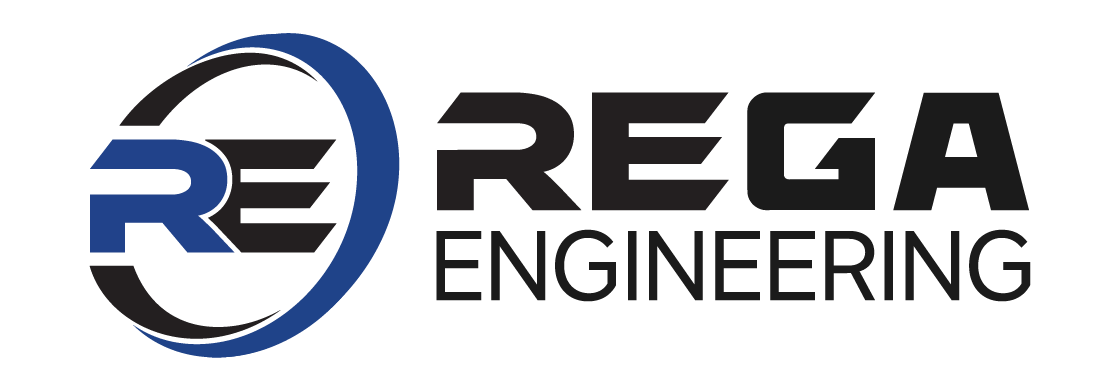Best SWPPP Inspection Practices
Share:
The implementation of a Stormwater Pollution Prevention Plan (SWPPP) is essential for construction projects, industrial sites, and any activities that could potentially impact stormwater runoff. A well-executed SWPPP is not only a regulatory requirement but also a proactive step toward protecting the environment and ensuring the safety of local water resources. Regular inspections are a critical component of maintaining an effective SWPPP and ensuring compliance with local, state, and federal environmental regulations. In this blog, we’ll talk about the best SWPPP inspection practices to ensure that your site remains compliant, environmentally safe, and operationally efficient.
Why Are SWPPP Inspections Important?
SWPPP inspections are designed to assess the effectiveness of a site’s erosion and sediment control measures, ensuring that stormwater runoff is properly managed. These inspections are crucial for the following reasons:
- Regulatory Compliance: Federal and state agencies require regular SWPPP inspections to verify that construction or industrial sites are adhering to stormwater runoff guidelines.
- Environmental Protection: SWPPP inspections help prevent harmful pollutants from being carried into local water bodies, protecting aquatic life and maintaining water quality.
- Avoiding Penalties: Failing to conduct regular SWPPP inspections or adequately address deficiencies can result in fines, penalties, or delays in your project. Keeping up with inspections helps avoid costly non-compliance issues.
- Project Efficiency: Proper inspections help ensure that erosion control measures are working effectively, reducing the risk of delays caused by stormwater-related issues.
Best Practices for SWPPP Inspections
To ensure that your SWPPP is working as intended and that your site remains compliant, follow these best practices for regular inspections.
1. Conduct Regular, Scheduled Inspections
The frequency of SWPPP inspections depends on the site’s location, the phase of construction, and regulatory requirements. Typically, inspections should be conducted at least once every 7 days or within 24 hours after a rain event of 0.5 inches or more.
However, the schedule may vary based on local regulations and specific site conditions. It’s important to stay ahead of potential issues by conducting regular inspections and addressing concerns promptly.
2. Inspect Erosion and Sediment Control Measures
During each inspection, carefully evaluate the effectiveness of all erosion and sediment control measures implemented on the site. This includes checking the following:
- Silt fences
- Sediment basins and ponds
- Mulch and soil stabilization
- Inlet protection
3. Verify Proper Maintenance of Stormwater Systems
Proper maintenance of stormwater control systems is essential to keep them functioning as intended. During inspections, check that all drainage systems, detention ponds, and stormwater management devices are clear of debris and operating effectively.
- Check for standing water: Standing water can indicate poor drainage or sediment build-up, both of which can cause localized flooding and compromise the site’s runoff management.
- Ensure proper sediment removal: Sediment basins and traps should be regularly cleaned out to ensure that they are effectively capturing runoff and not allowing sediment to escape into local water sources.
Pro Tip: Ensure that sediment control devices are cleaned out regularly and after major storms to maintain their capacity. This will prevent overflow and ensure proper water filtration.
4. Document and Address Deficiencies Promptly
A crucial part of SWPPP inspections is documenting any deficiencies or non-compliance issues found during the inspection. Identifying issues early on allows you to make timely corrections and prevent more serious environmental impacts. You should record any failures or damages and make necessary repairs or replacements.
5. Ensure Proper SWPPP Training for Site Personnel
Site personnel, including contractors and workers, should be trained on the importance of SWPPP and their role in ensuring compliance. Regular inspections can only be effective if the team understands the purpose of erosion control measures and stormwater management. Educate workers about proper stormwater management practices, including material handling and storage, waste management, and minimizing site disturbance. Encourage employees to be vigilant about reporting issues or hazards that may impact stormwater runoff.
6. Conduct Post-Storm Inspections
One of the most critical times for SWPPP inspections is after a rainstorm. Heavy rainfall can reveal weaknesses in your erosion control measures and lead to increased runoff and sedimentation. It’s important to inspect the site thoroughly after each significant rain event to assess the effectiveness of your stormwater controls. Look for any signs of sediment that have escaped from control barriers, as this can lead to water pollution. Storms can also cause temporary erosion control measures (such as hay bales or temporary barriers) to become displaced or ineffective. Re-secure or replace these measures as needed.
Nebraska’s Trusted SWPPP Inspectors
Regular and thorough SWPPP inspections are essential to maintaining compliance and safeguarding the environment. By following these best practices, you can ensure that your site’s stormwater management system is effective, efficient, and ready to handle the challenges of varying weather conditions. At REGA Engineering, we specialize in helping our clients stay on top of their environmental responsibilities with expert SWPPP inspections and guidance.
Contact REGA Engineering if you need help with your SWPPP inspections or have any questions about compliance.
Our team of experienced professionals can ensure that your site remains in full compliance, protecting both the environment and your bottom line.

